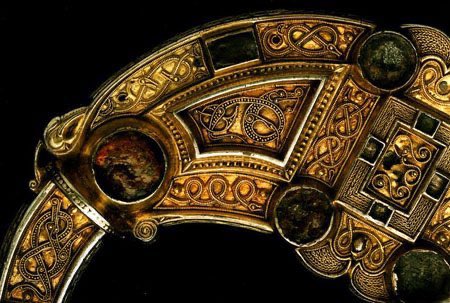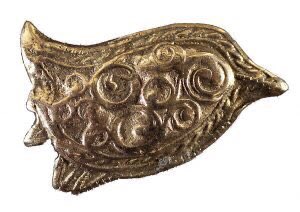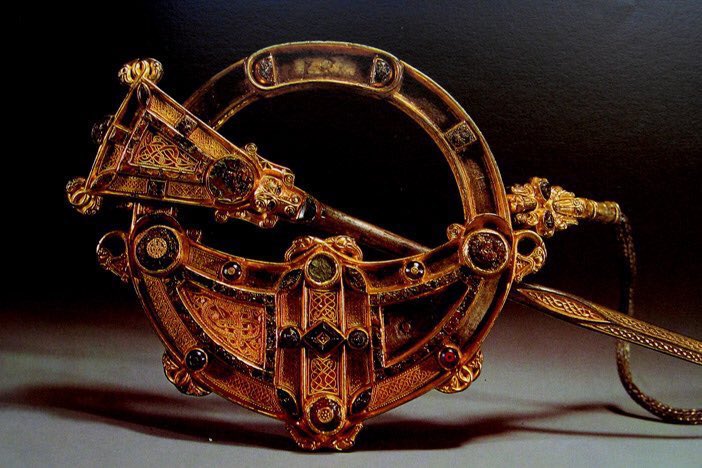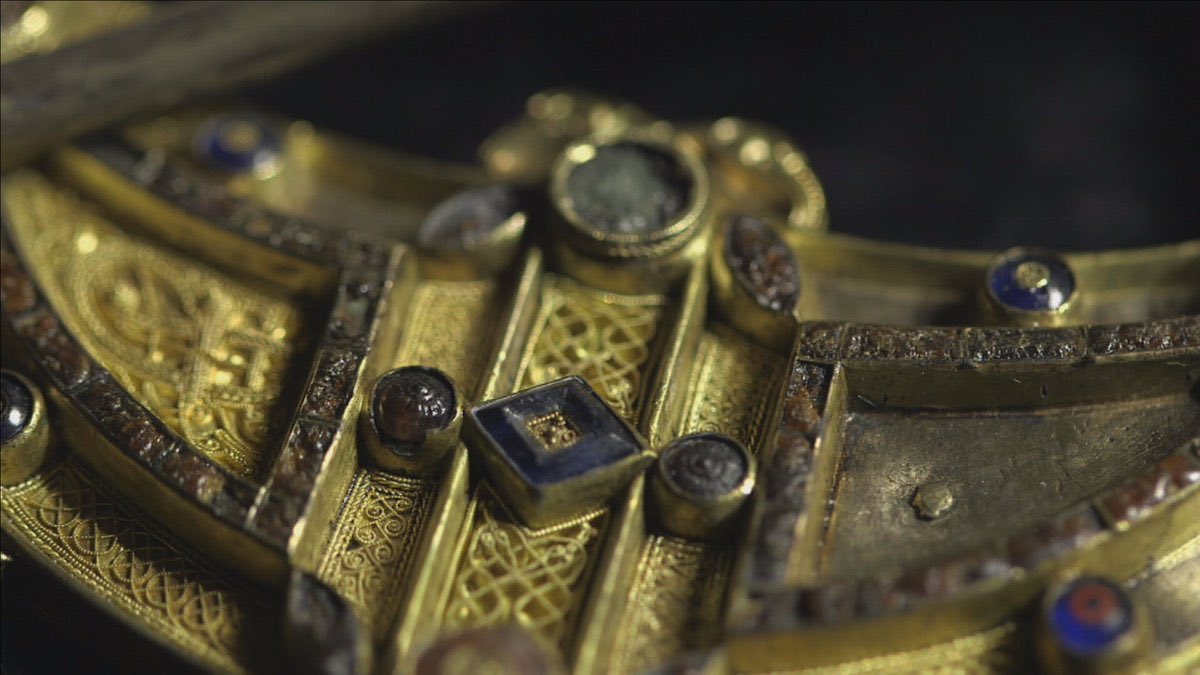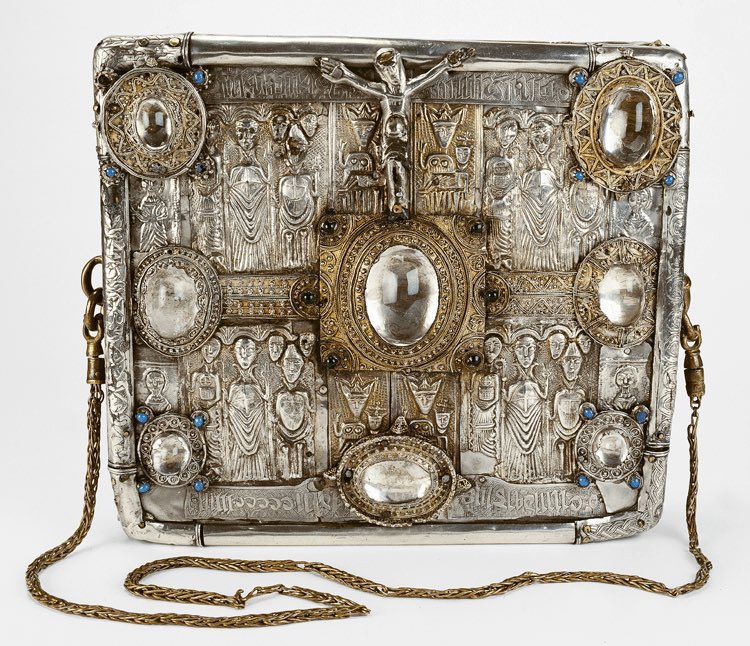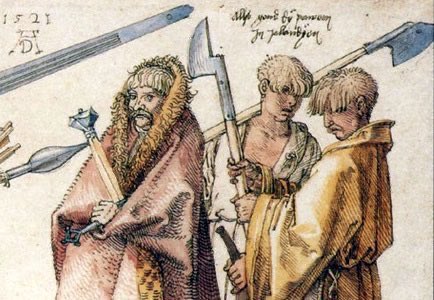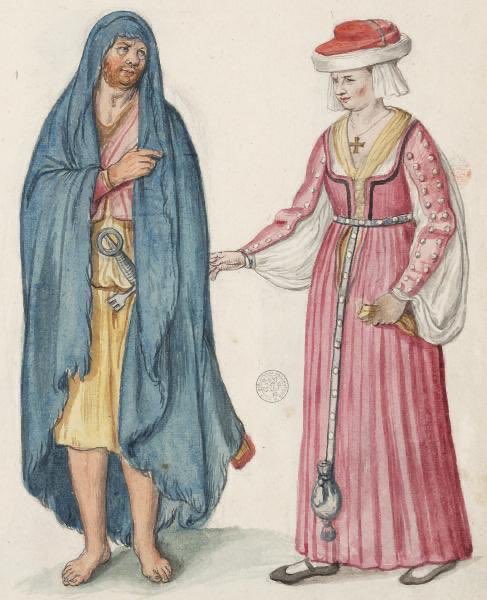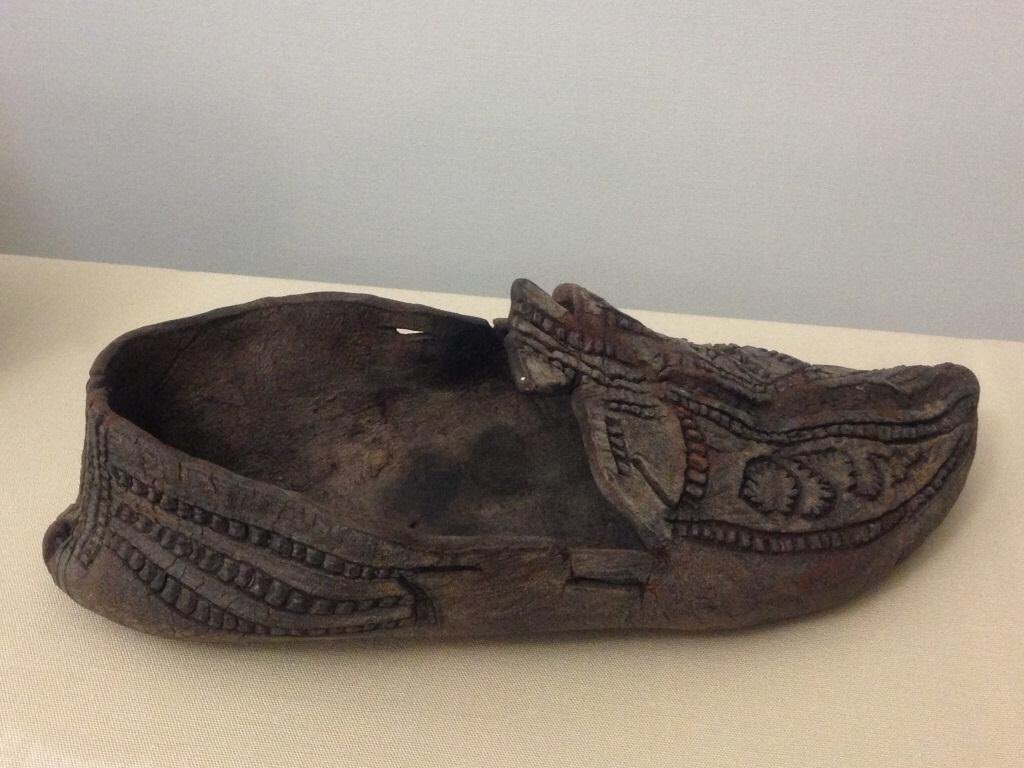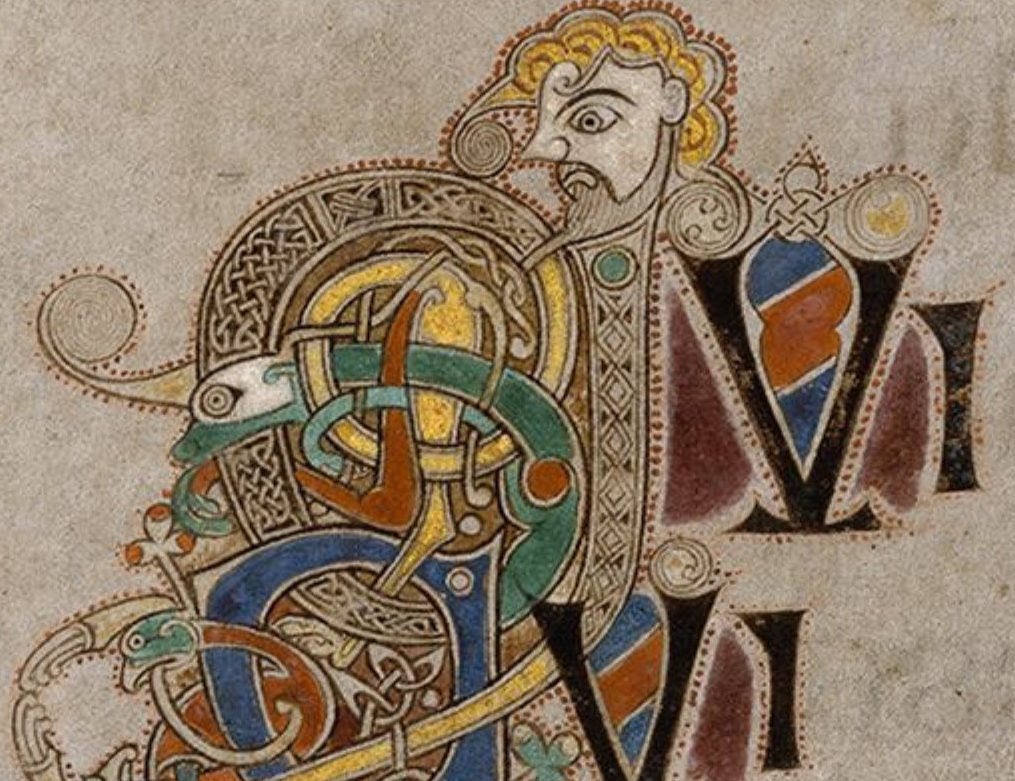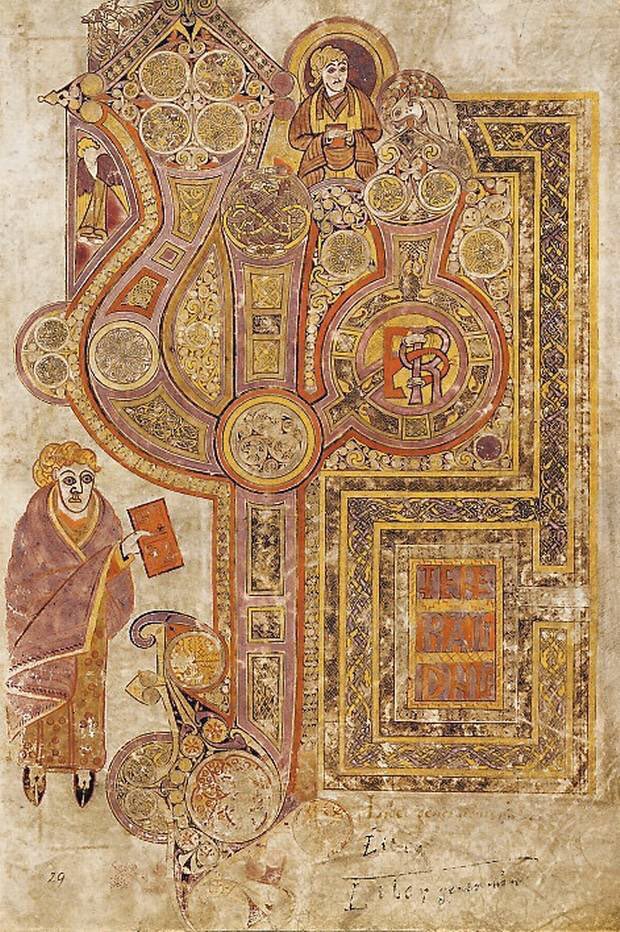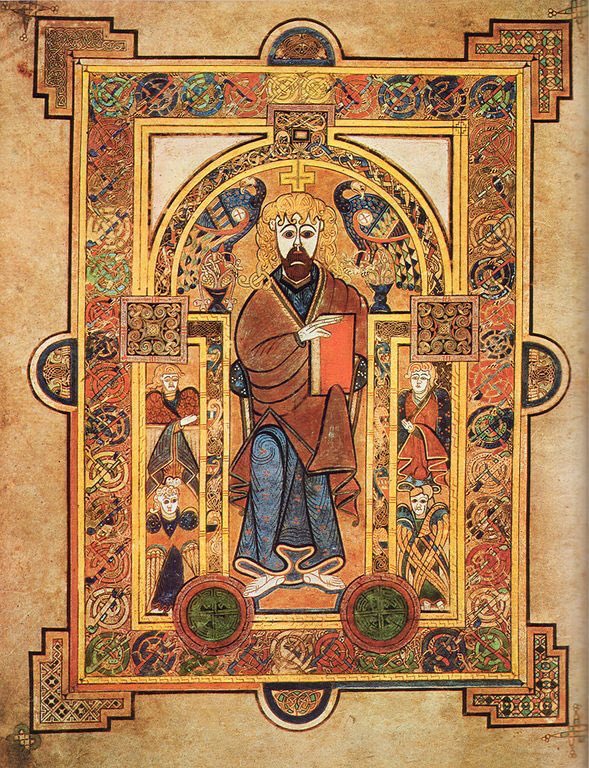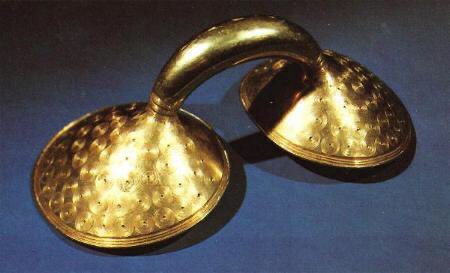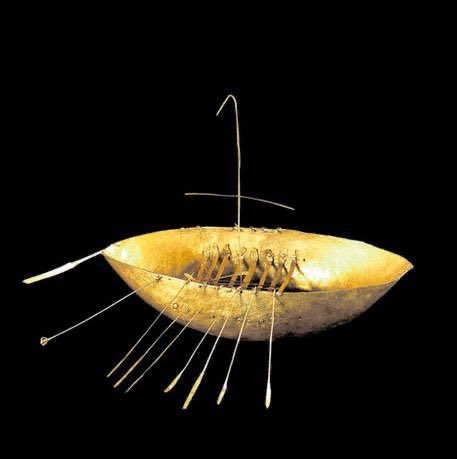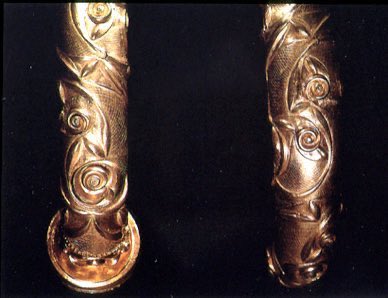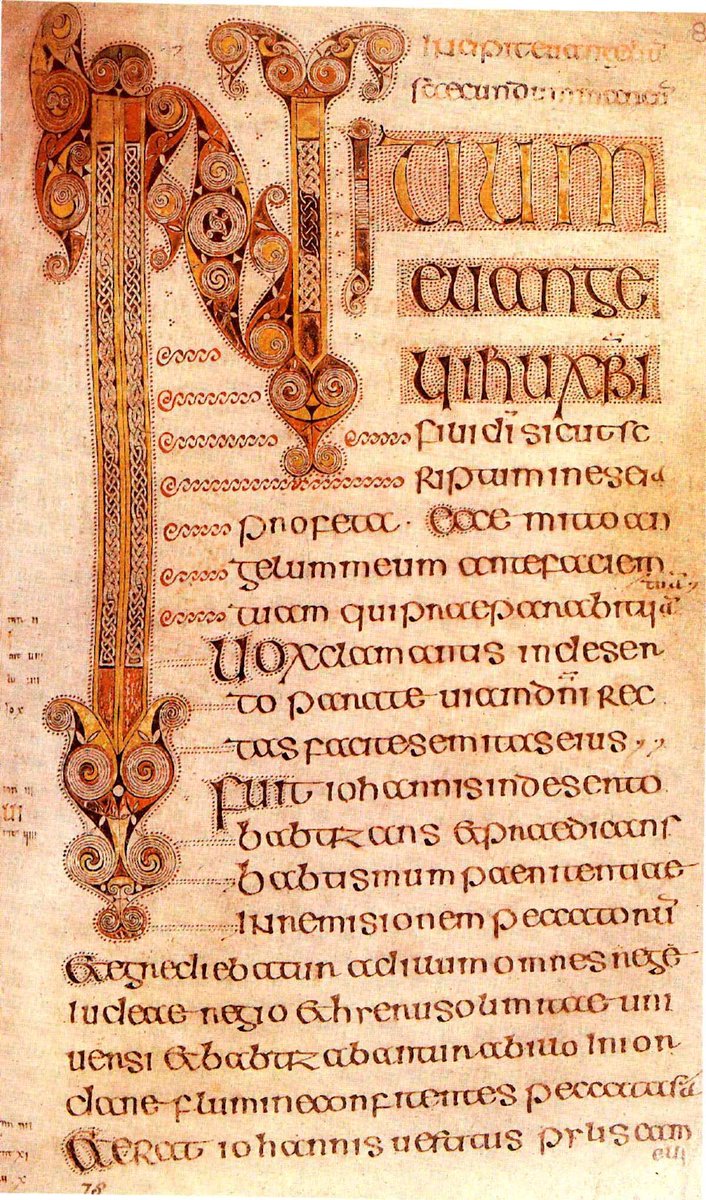Thread: If there’s one area of history that is subject to myth & fantasy it has to be the Irish Celts. They have suffered from being viewed romantically. However, if we explore their writings, the reality is far more interesting. I’ve included images of Irish Celtic art.
Firstly historians don’t recognise the term ‘Celts’ as it’s far too nebulous. Instead they’re called the Celtic Speaking Peoples. We do use the term Celtic art, however. Modern scholars believe poss only a small number of them arrived in Ireland c500BC.
I had a special offer that ended in the 31st but due to laziness I’ll extended it to Monday as it’s a bank holiday https://twitter.com/robertbohan/status/1289137900278484992">https://twitter.com/robertboh...
Within a relatively short time it appears that Irish (Gaeilge, a Celtic language) was being widely spoken & Celtic art being made. It’s poss that the Celts, with their superior warfare, dominated or colonised the existing people - similar to the Hiberno-Normans.
Another view more recently promoted is that there was no invasion or colonisation & that the Irish were always Celtic speaking. However that fails to explain why Central European & Irish art are similar during the period. Some have suggested trade in artisans.
Myth suggests that the Hiberno-Celts (Irish Celtic Speaking People) were a society where women were equal to men. This idea is based on the role of women in early medieval tales. Scholars now believe that many of the female characters were Celtic goddesses.
In fact there is no record of a female ruler & the laws of Kingship are masculine in nature in Ireland. There are a couple of references to women with some aspect of power but these have been debated by scholars & seem unlikely to overturn the historical consensus of a patriarchy
Writings (dated to 7th C, but prob older in origin) state that women were expected to be reticent, virtuous & industrious. They should have a ‘steady tongue, a steady virtue, a steady housewifery’. Bad behaviours were making spells, illegal satires, thievery & promiscuity.
Marriage tended to be defined by property as set out in the Brehon Laws. With parental permission there could be a union of a ‘man visiting’ with a woman which was less formal than full marriage. There are also legal references to rape & insanity.
Men practised polygyny (had several wives). There was usually a chief wife & a concubine. The latter had half the status of the former. The Church opposed polygyny, but half-heartedly). The husband purchased his wife from her father. The ‘definition of marriage’ was never static.
It’s worth noting that the modern claim by fundamentalists that marriage has always been between one man & one woman is not borne out by the evidence of our ancestors. Indeed the ancient records suggest that Irish aristocrats would have found the idea outrageous.
The repercussions if a bride were not a virgin were significant. She might be subject to financial loss, to humiliation or even murder! The virgin wife was defined - a drop of blood (hymen), a drop of sweat & a tear-drop. Hardly a feminist attitude.
Divorce was legal. A husband might strike a wife to ‘correct her’ but if he left a mark she could divorce him! He could be divorced if he was impotent, fat or gay (think about Fionn & the Fianna!). She could also divorce him if he discussed their sex life openly.
Women could not be witnesses in a legal case or make contracts without their husband or father. However these laws could at times be overcome under certain conditions. The Celts were a class dominated society & this might also be taken into account.
If a married woman went unaccompanied to a pub there was no compensation if she were raped whilst drunk. This was because it was wrong for her to be there without her husband to protect her! A version of this idea still survives amongst defence lawyers...
Drunken rape & non-drunken rape were treated separately by the law. The rapist in the latter case was obliged to pay the honour price of the woman’s husband or guardian. Even in this brutal crime it was the husband who ‘suffered’ - patriarchy with a capital P.
Despite this grotesque perception of rape, sexual harassment was apparently taken seriously. Kissing against a woman’s will, touching or raising a woman’s dress were actionable & subject to fines. (Fines were the standard form of punishment in law)
In legal cases an oath by a woman was mostly considered invalid except in certain situations. One such related to injury where the aggressor would be obliged to pay sick-maintenance. Another was the oath of a woman at childbirth with danger of death & the child’s father unknown.
Abortion was practised with it being cited as grounds for a divorce if the woman induced the termination without agreement. However as no sanction for an abortion in itself is included in the Early Medieval Law texts it seems likely it was not illegal in itself.
The Law Texts were written down in the 14-16th C but originate in the 7-8th C AD. Their origins, however, go further than that to pre-Christian times. They are a fundamental window into the era of the Gaelic speaking Celts & demonstrate a patriarchal society.
There are those who find the above hard to believe. However it’s based on medieval documents, scholarly research & Irish records. Much ‘general knowledge’ is based on Roman propaganda, not written by the Celts themselves. After all this was a primitive society with slavery.
It’s fascinating, in fact, that the propaganda is often explored in great detail (often by non-Irish researchers) yet the actual writings of the Celts (which survive in Ireland) are far less studied, except by Scottish & Irish scholars.
There are aspects of Celtic culture (such as the right to divorce, the acceptance of homosexuality & the non-criminalisation of abortion) which are progressive in modern eyes but this was a male orientated, hierarchical & rigid society.
Here’s more on my special offer I extended to Monday https://twitter.com/robertbohan/status/1285267553443622913">https://twitter.com/robertboh...

 Read on Twitter
Read on Twitter